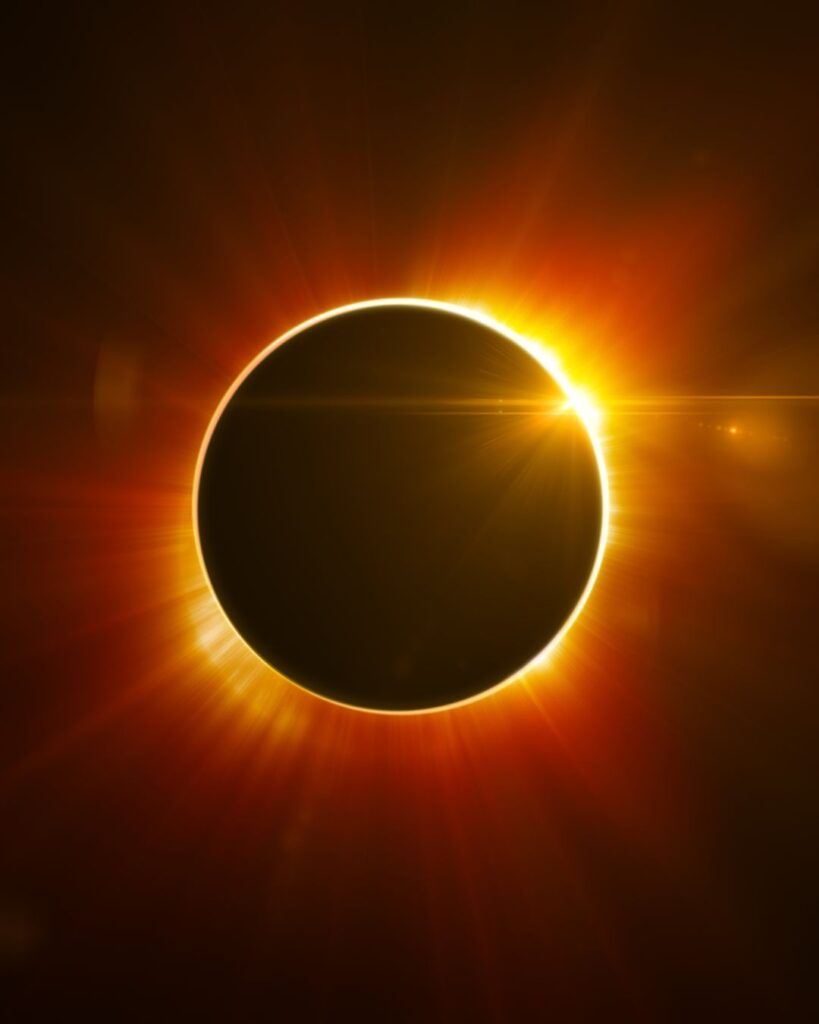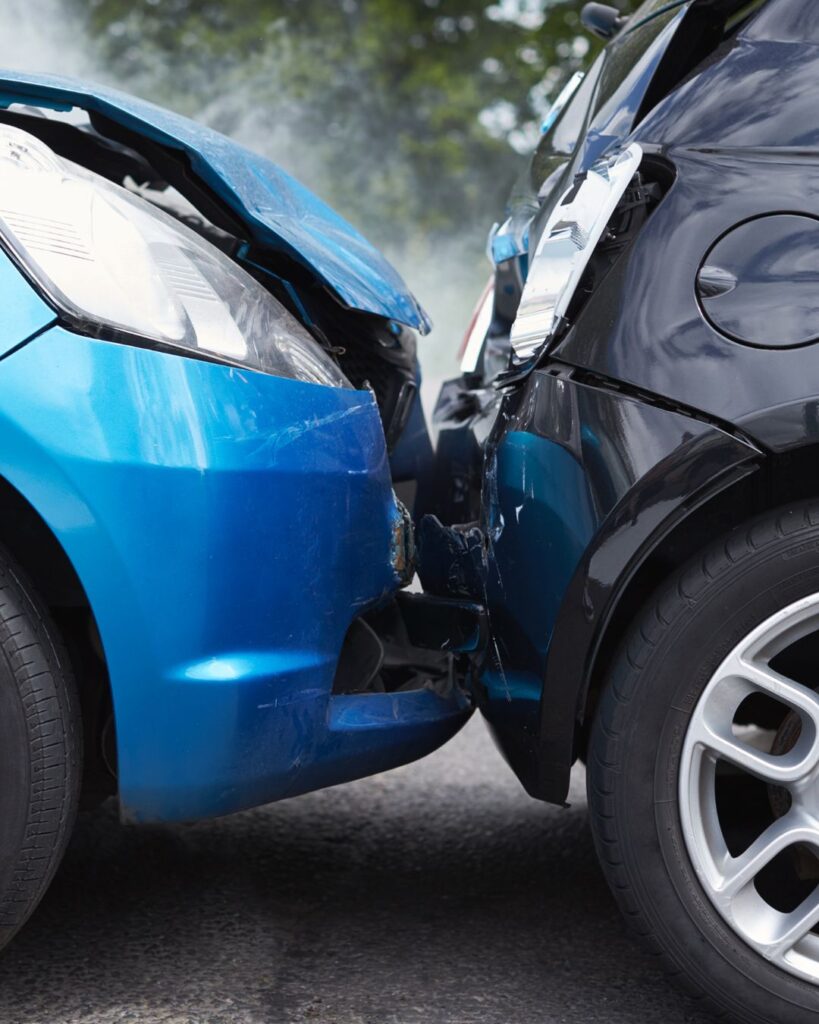During the April solar eclipse, there may be an increase in deadly vehicle accidents, according to scientists.
After looking at data from the 2017 solar eclipse, researchers from the University of Toronto discovered that over 1,000 more people died in car accidents in the United States in the three days leading up to and following the celestial event.
While 114 people die in car accidents per day in the United States on average, at least 189 people died every day during the solar eclipse week four years ago.
Millions of people are hitting the highways as they flee their hometowns for cities in the path of totality, which is why driving is on the rise.
More than 3.7 million individuals will travel to one of fourteen states—including Maine, Kentucky, Idaho, Michigan, Pennsylvania, and Texas—to witness the solar eclipse on April 8.

Due to its advantageous position to witness the eclipse, Texas is expected to receive the greatest number of travellers, ranging from 270,000 to an estimated one million, while Indiana will host 131,000 to 522,000.

There are still places to stay and cars to hire, but prices have skyrocketed. Dallas, in particular, saw a 571 percent increase in hotel reservations in the days preceding the solar eclipse, so prices really jumped.
Not only have hotel rates increased by a staggering 81% in Waco, Texas, but they have also increased by 33% in Cleveland and 34% in Austin.
The analysis found that the overall elevated risk of traffic was similar to what is seen on key holidays like Memorial Day, the weekend of July 4th, and Thanksgiving.
When the moon entirely obscures the sun’s face for a short period of time during the day, this phenomenon is called a total solar eclipse.
About 32 million individuals across a very narrow swath across North and Central America will be able to see the show.
As with the previous one in August 2017, when traffic hazards spiked by 95% during the eclipse, this one will be the first seen from the United States.
Crash counts were higher than usual in the hour preceding the event, fell below average during the eclipse, and then started climbing again, this time by an astonishing 50%.
Dr. Donald Redelmeier, a professor of medicine at the University of Toronto, told Live Science that ‘The problem is the surrounding hours, when people are traveling to their place of observation and especially afterwards.’
‘We’re especially concerned about the drive home,’ he added.
Since millions of individuals left at the same time—a 50% increase compared to a typical day—the hour before the eclipse saw the biggest spike.
Researchers concluded that more people on the road than before was likely to blame for the uptick in deadly collisions, rather than changes in ambient light.
People trying to view the eclipse on time may be speeding or distracted while driving on new roads, or they may have been celebrating by drinking or using drugs, which could impair their judgement.
A new study analysed three-day windows from the week preceding and following the last eclipse with data from the National Highway Traffic Safety Administration of all fatal crashes across the US during the past three-day eclipse.
To further narrow down the timing of the collision relative to the eclipse, they also used a US Navy calculator.
The scientists couldn’t collect data on the number of less serious crashes, so the large influx of fatalities might just be a partial picture. They said, ‘We just don’t have the data on that.’
Researchers emphasised that motorists should exercise caution around eclipse viewers even if they do not intend to observe the eclipse themselves.
The news follows a travel advisory from the FAA, which stated that airports located along the path of totality for the solar eclipse (April 7–April 10) may face rerouting or delays.
With over 200,000 passengers passing through its gates daily, Dallas-Fort Worth International Airport is projected to serve as a major hub for eclipse tourists and is thus included in the warning.
‘Aircraft should be prepared for potential airborne holding, reroutes, and/or Expect Departure Clearance Times (EDCTs) that may be issued for all domestic IFR arrivals and departures. Traffic Management Initiatives (TMIs) are possible,’ the FAA announcement said.
With an anticipated 3.7 million spectators flocking to areas hosting the ‘Great North America Eclipse,’ state officials are understandably worried that mobile coverage may be negatively affected.
‘Cell phone (reception) will be very, very spotty,’ said Rebecca Owens of the Richland County Emergency Management Authority (EMA), according to the Richland Source.
‘There will be lots of issues with connectivity and that type of thing.’
T-Mobile has already taken measures to guarantee that consumers can keep using their cellphones, according to a representative who talked with DailyMail.com earlier.
‘Our emergency teams are working with state and local officials across the country to provide additional support where needed for large gatherings,’ the spokesperson said.
Please SHARE this story with Family and Friends and let us know what you think in comments!








